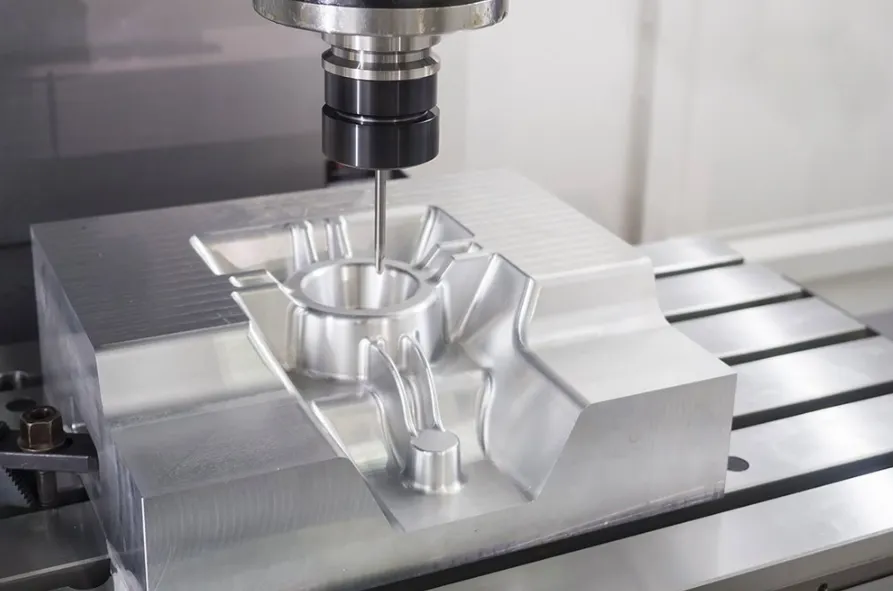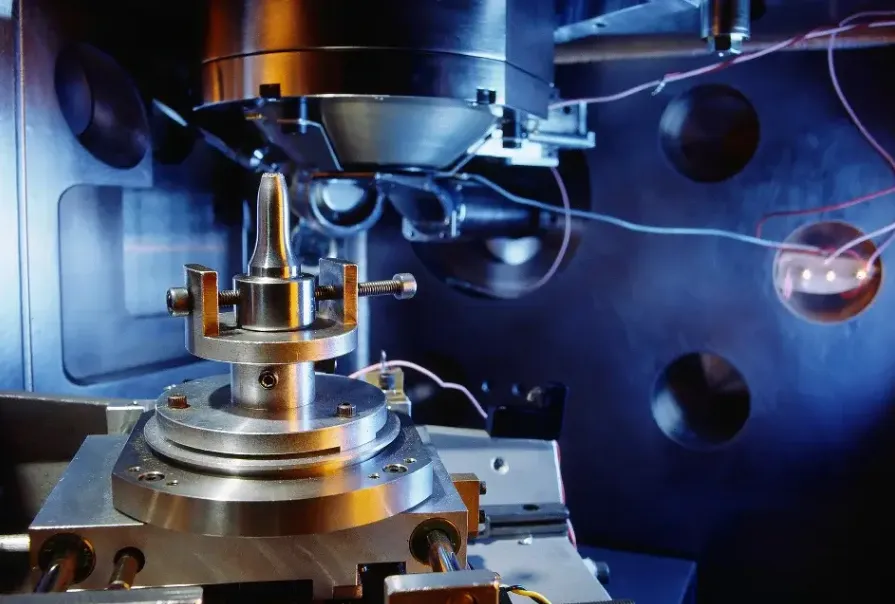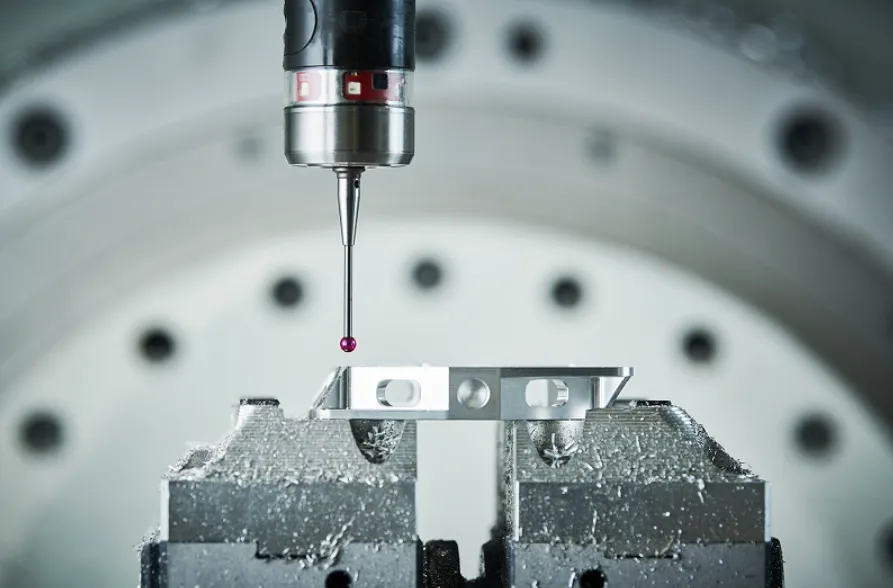Nano machining technology represents the frontier of manufacturing processes, enabling the production of components and systems with extraordinary precision at the nanoscale. This emerging field has significant implications across various industries, including electronics, aerospace, and biomedical engineering. As we step into 2024, advancements in nano machining are poised to transform traditional manufacturing paradigms, contributing to enhanced product performance and efficiency.
Principles of Nano Machining
At its core, nano machining involves techniques that manipulate materials at the atomic or molecular level. Conventional machining methods often lack the resolution required for nanoscale features, which is where nano machining techniques come into play. Methods such as Atomic Force Microscopy (AFM) and Scanning Tunneling Microscopy (STM) facilitate the shaping of materials at resolutions down to a few nanometers. These technologies enable the machining of intricate designs and patterns that were previously unattainable.
One key aspect of nano machining is the precision and control it offers in shaping materials. Emerging techniques such as laser-assisted machining and electrochemical etching leverage focused energy and chemical reactions to produce nanoscale features with remarkable fidelity. These methods allow for the manufacturing of components with dimensions typically ranging from 1 to 100 nanometers, essential for modern electronic devices that demand compact designs.
Current Innovations in Nano Machining
-
Nano-Engineered Materials: A notable advancement in nano machining is the development of nano-engineered materials. These materials exhibit enhanced properties such as increased strength, reduced weight, and improved thermal stability. For instance, the integration of carbon nanotubes in composite materials has shown potential in aerospace applications where weight reduction is critical.
-
Precision Manufacturing Techniques: Technologies such as nano milling and focused ion beam (FIB) milling have gained traction. Nano milling enables the cutting of materials with extremely fine tolerances and surface finishes, essential for high-performance applications in the semiconductor and optical industries. FIB milling, on the other hand, provides exceptional precision for creating nanoscale patterns on semiconductor wafers, playing a crucial role in fabricating integrated circuits.
-
Self-Assembly and Lithography: Self-assembly techniques utilize the natural tendency of molecules to organize into structured forms, leading to novel approaches in nano machining. Additionally, advancements in nanolithography, such as extreme ultraviolet (EUV) lithography, are paving the way for the mass production of nanoscale devices while maintaining cost-effectiveness.
Applications of Nano Machining
Nano machining has found diverse applications across various fields:
-
Electronics: The semiconductor industry is one of the prime beneficiaries of nano machining. As device dimensions shrink, the need for precise machining techniques becomes paramount. Nano machining facilitates the fabrication of transistors and circuits at scales that enhance performance while reducing power consumption.
-
Biomedical Devices: In the biomedical sector, nano machining enables the development of microelectromechanical systems (MEMS) and lab-on-a-chip technologies. These devices are critical for applications such as point-of-care diagnostics and targeted drug delivery systems, where high precision at small scales is essential.
-
Aerospace and Defense: The ability to create lightweight and durable components through nano machining drastically affects the performance and efficiency of aerospace systems. Nano-engineered materials contribute to advancements in fuel efficiency and overall structural integrity while meeting stringent regulatory standards.
Challenges and Future Directions
Despite its promise, the field of nano machining is not without challenges. The current cost of nano manufacturing technologies can be prohibitive, and scaling up production while maintaining precision remains a key hurdle. Additionally, as techniques evolve, concerns surrounding environmental impacts and the sustainability of materials used in nano machining will need to be addressed.
Future research is likely to focus on improving the scalability of these technologies and integrating them with automation and artificial intelligence to streamline the manufacturing process. The convergence of nano machining with other technologies, such as 3D printing and smart materials, could unlock new applications and enhance the capabilities of existing processes.
Conclusion
As we look ahead to 2024 and beyond, nano machining technology is set to reshape the landscape of manufacturing. With its unparalleled precision and versatility, it stands at the forefront of innovations that will drive advancements across multiple industries. By overcoming current challenges and harnessing the potential of this technology, we can expect significant breakthroughs that will transform the way we design and produce the next generation of products.








